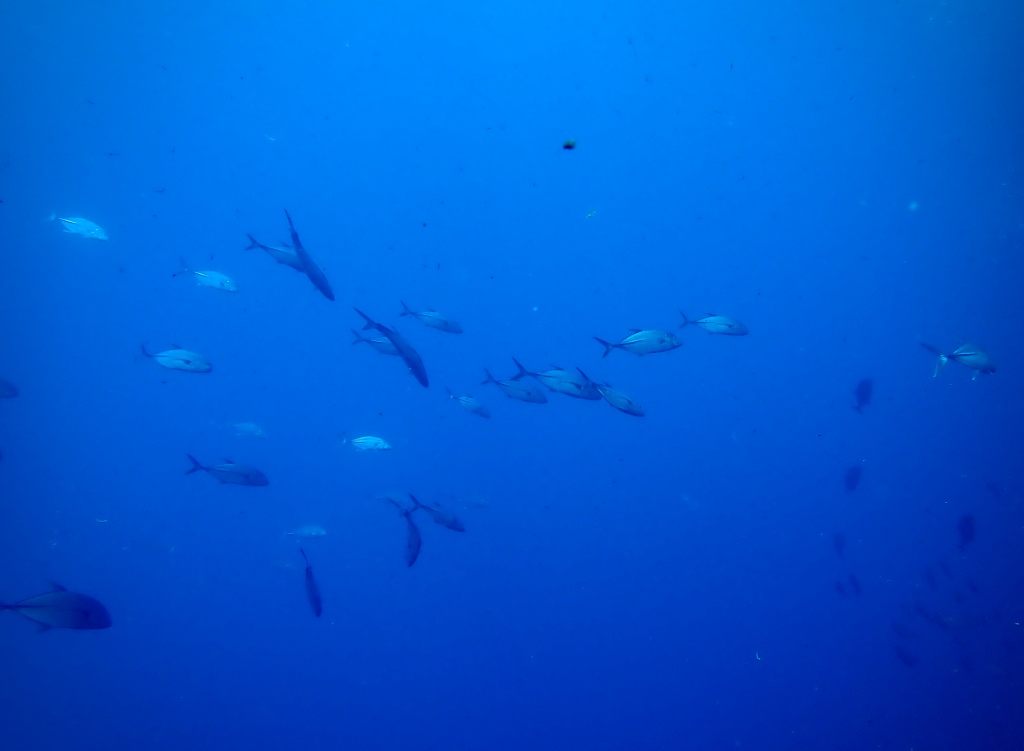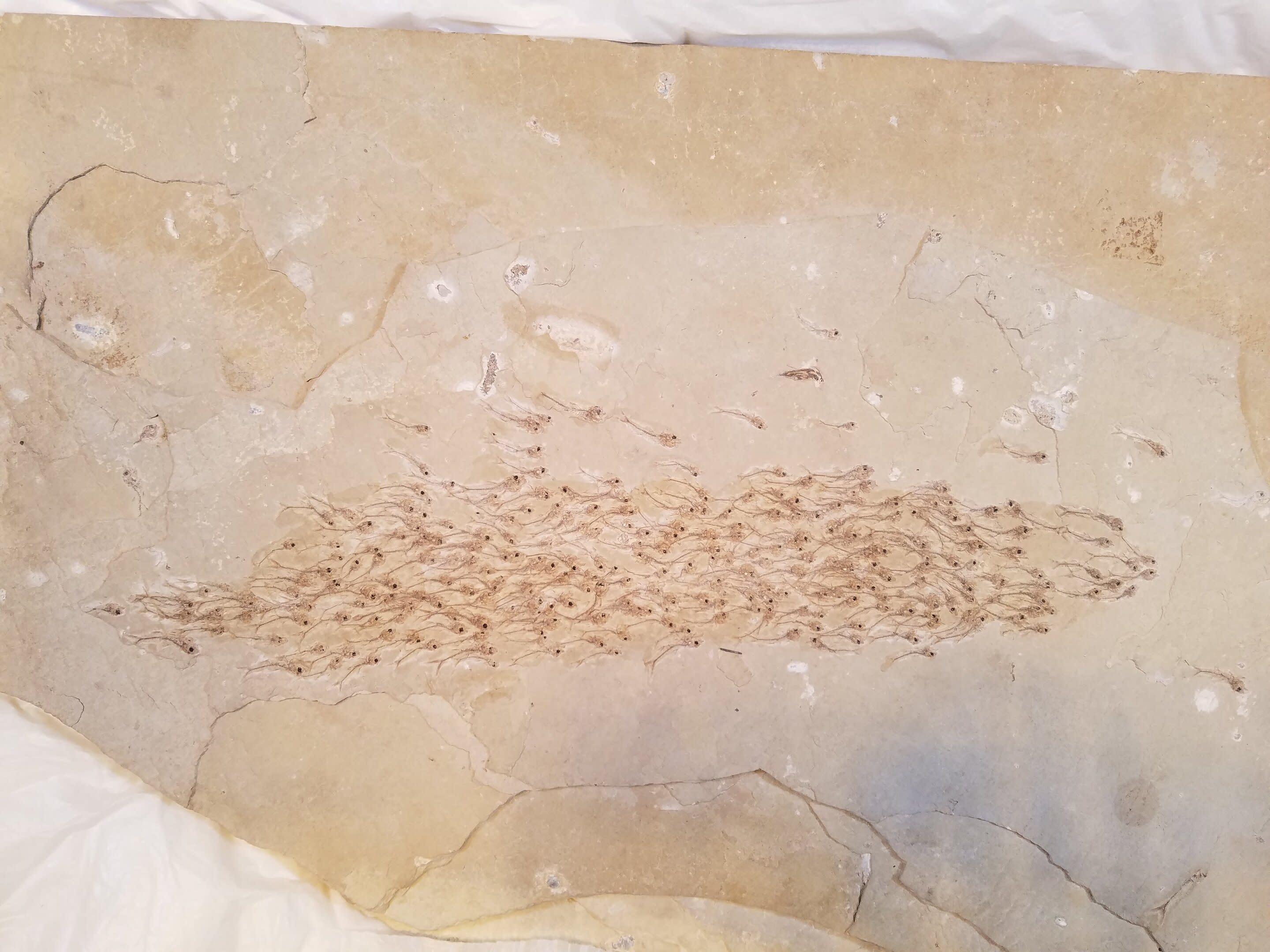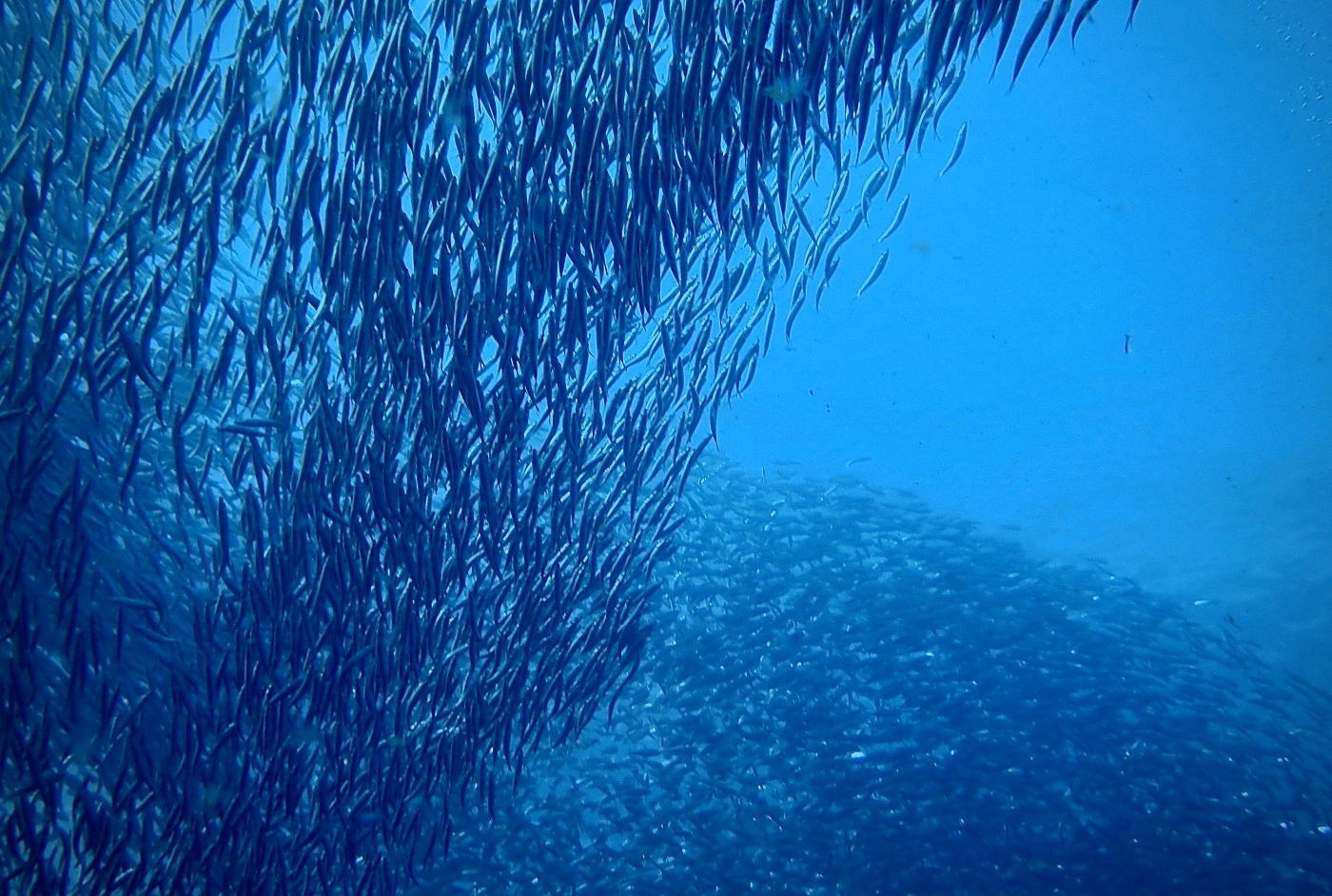Hopefully going to find the time to dedicate a few posts to the amazing trip Gwen and I took to Cebu. One of the highlights of our trip was to watch the sardine run in Moalboal. Moalboal is located on the southwestern part of Cebu Island, in Central Visayas, the Philippines. We stayed close to Panagsama beach and dived with the Savedra Dive Center, which has wonderful guides to show you around the reefs at Moalboal and Pescador Island. Both of us heard great things about Moalboal from our Filipino friend Kyno and decided to cut short our trip at Mactan to further explore Moalboal instead.
When we first caught a glimpse of the massive shoals, I kinda hovered for a moment flabbergasted. There were hundreds of thousands if not millions of fish so dense that they looked like clouds covering an oceanic sky. Each time they swam apart, light broke back onto the coral reef. Each change in direction was a bright flash of silver from the metallic sheen on their bodies. Gwen and I gleefully swam straight into the centre of the bait ball, cutting it neatly through the middle. I don’t know what it is about big schools of fish, but I’m one of those annoying people who just like breaking it up. After burning through a lot of air laughing at Gwen and dancing underwater, I stayed still and watched the school as it bent and stretched like an amorphous living creature. It felt so surreal.




Now and then, the school would dissipate into a frenzy from the coordinated attacks of hunting trevallies. I noticed that the trevallies tended to stay in open water, driving the schools towards the reef slope where there was less room to escape. Otherwise, they seemed to hunt vertically upwards, cornering the sardines at the surface.
This was probably one of the first dives ever that I’ve completely abandoned looking at a reef (for at least the first half-hour or so). Soon enough, I turned my attention to the reef itself as well.

Reefs and clownfish on one side and sardines on the other…what a dream 🙂
I put together a small video of the sardine run below but ended up feeling really disappointed at the colour correction. What can I say, sigh…the video just doesn’t convey the immense beauty of being engulfed by shoals of silvery fish. Gwen and I did a few dives first, but after realising how shallow the schools were, we decided to just give freediving a try. (Check out Gwen being a human-fish in the video too.) We spent the entire day out until the sun set and just couldn’t get enough of it.
Watching the schools, I couldn’t help but wonder how a group of supposedly simple organisms can achieve such a complex system with such ease. This is what I found:
How do fish know how to school?
All fish have to follow are two rules: 1. stay close to your neighbour, 2. keep swimming (as Dory from Finding Nemo reminds us). Previously, scientists thought that fish were able to follow the average direction of the entire school. However, the mechanism of schooling is a lot simpler at the individual level. Fish school by copying their direct neighbours, interacting with only one or two fish each time and change their directions randomly. It’s this behaviour between individual fish that creates the cohesive nature of the entire school. Interestingly enough, researchers Jhawar et al. (2020) observed that smaller groups of fish schooled more coherently than large groups.
When did fish start schooling?
This behaviour of schooling has existed for millions of years. A 50-million-year-old fossil discovered last year was almost perfectly preserved from an underwater avalanche of sand. The rock was traced to the Green River Formation, a geological stratum that spans across Colorado, Wyoming and Utah today. Based on these findings, prehistoric fish are now thought to have utilised collective behaviours to evade predation.


Another truly remarkable experience, and I’m always in awe at how vast the ocean is and unique each encounter can be all over the world. More on Moalboal next time. 🙂

Leave a comment